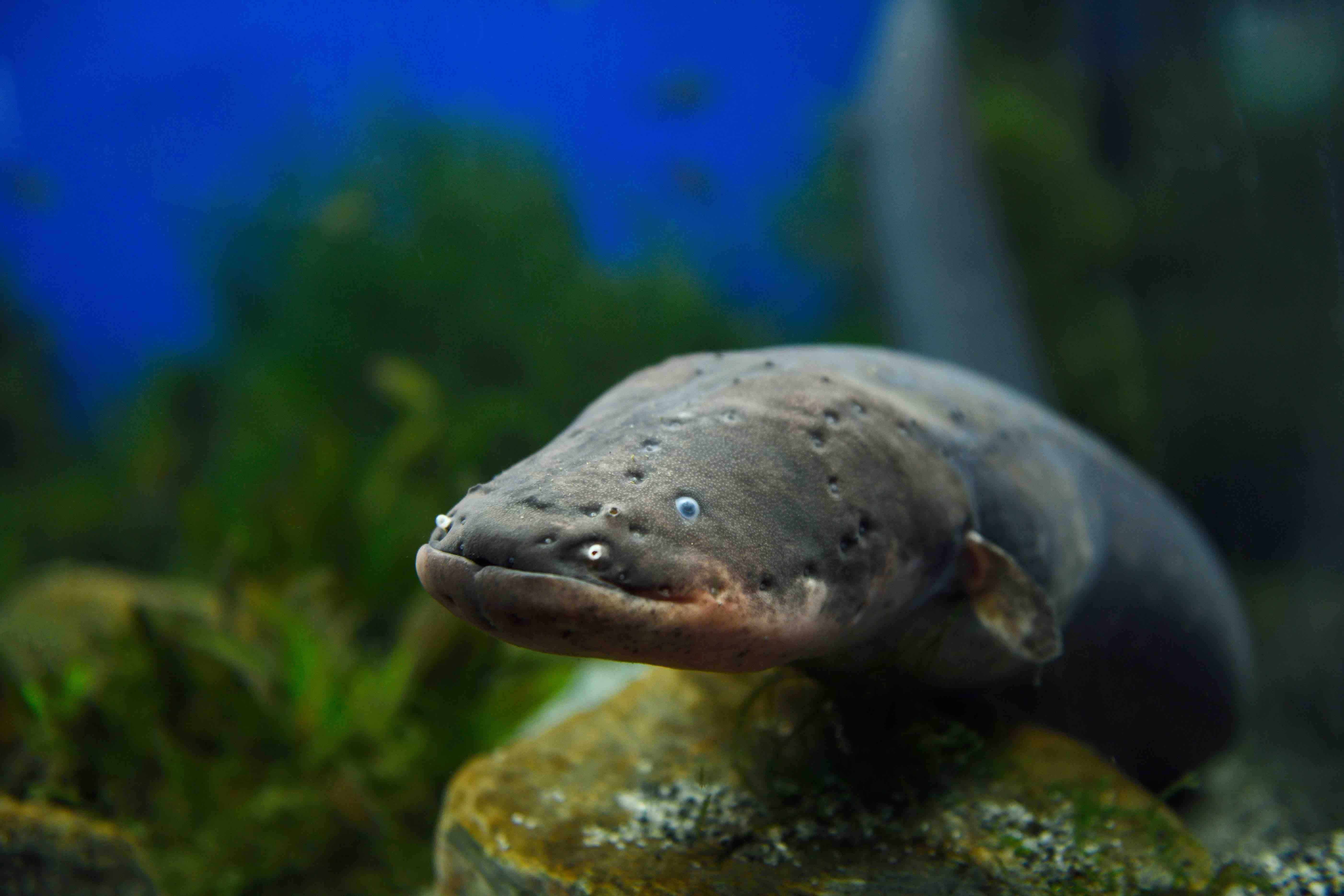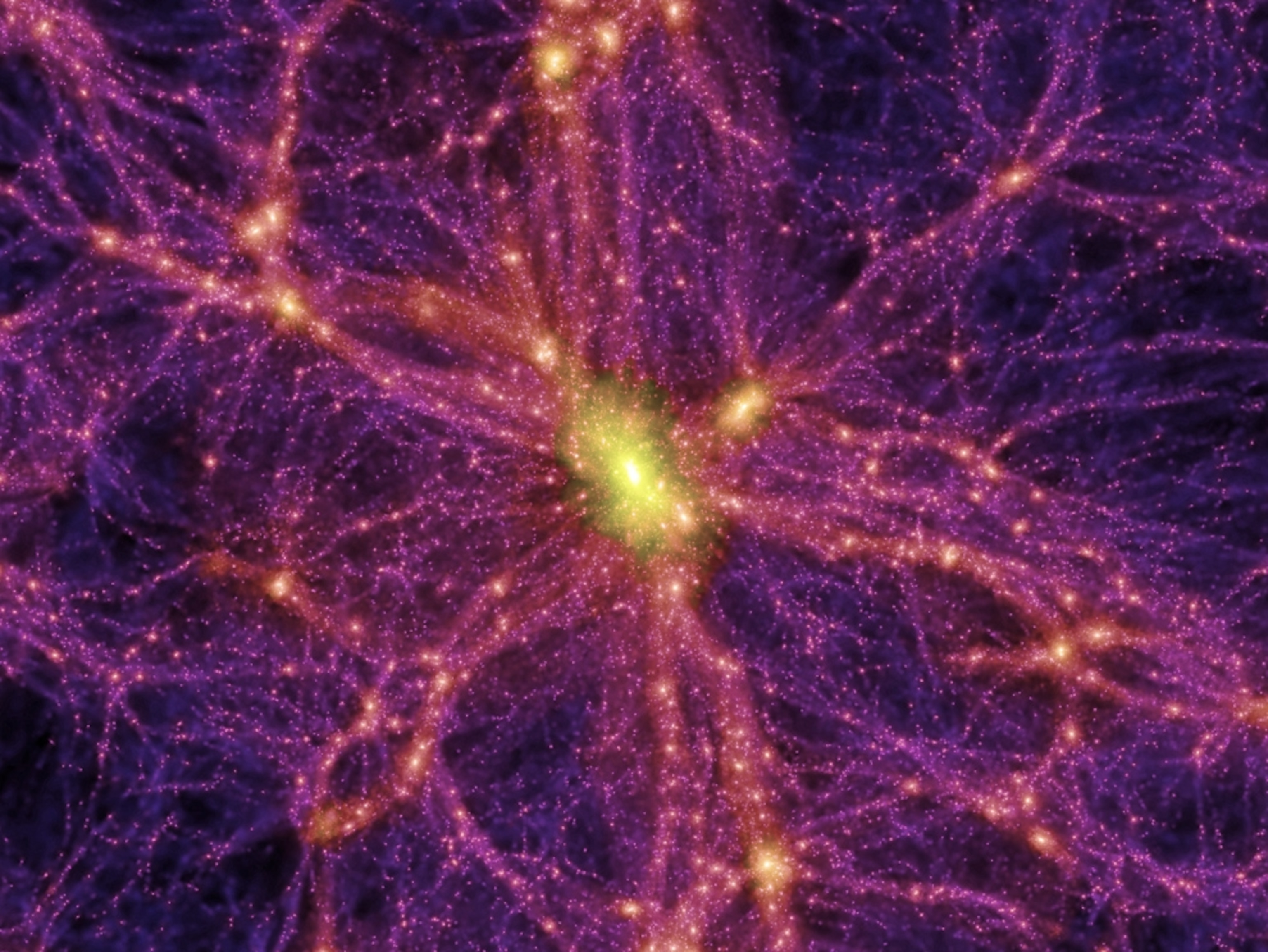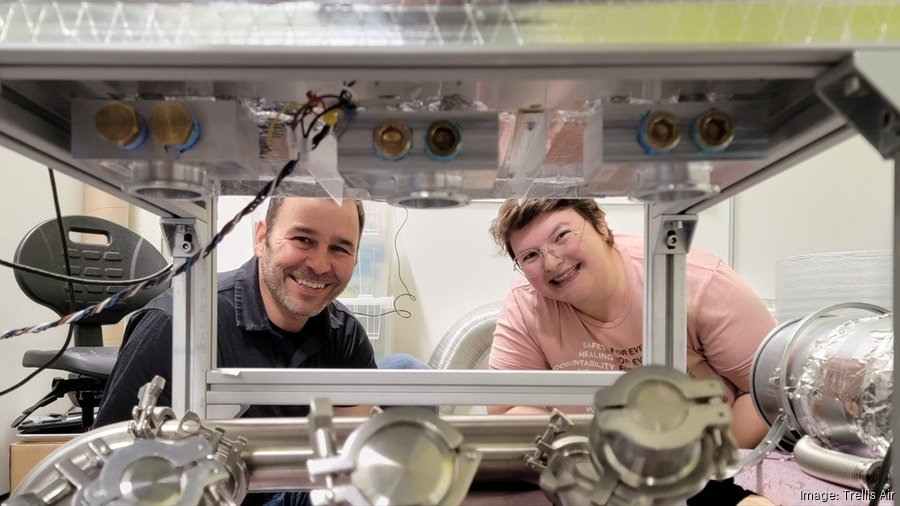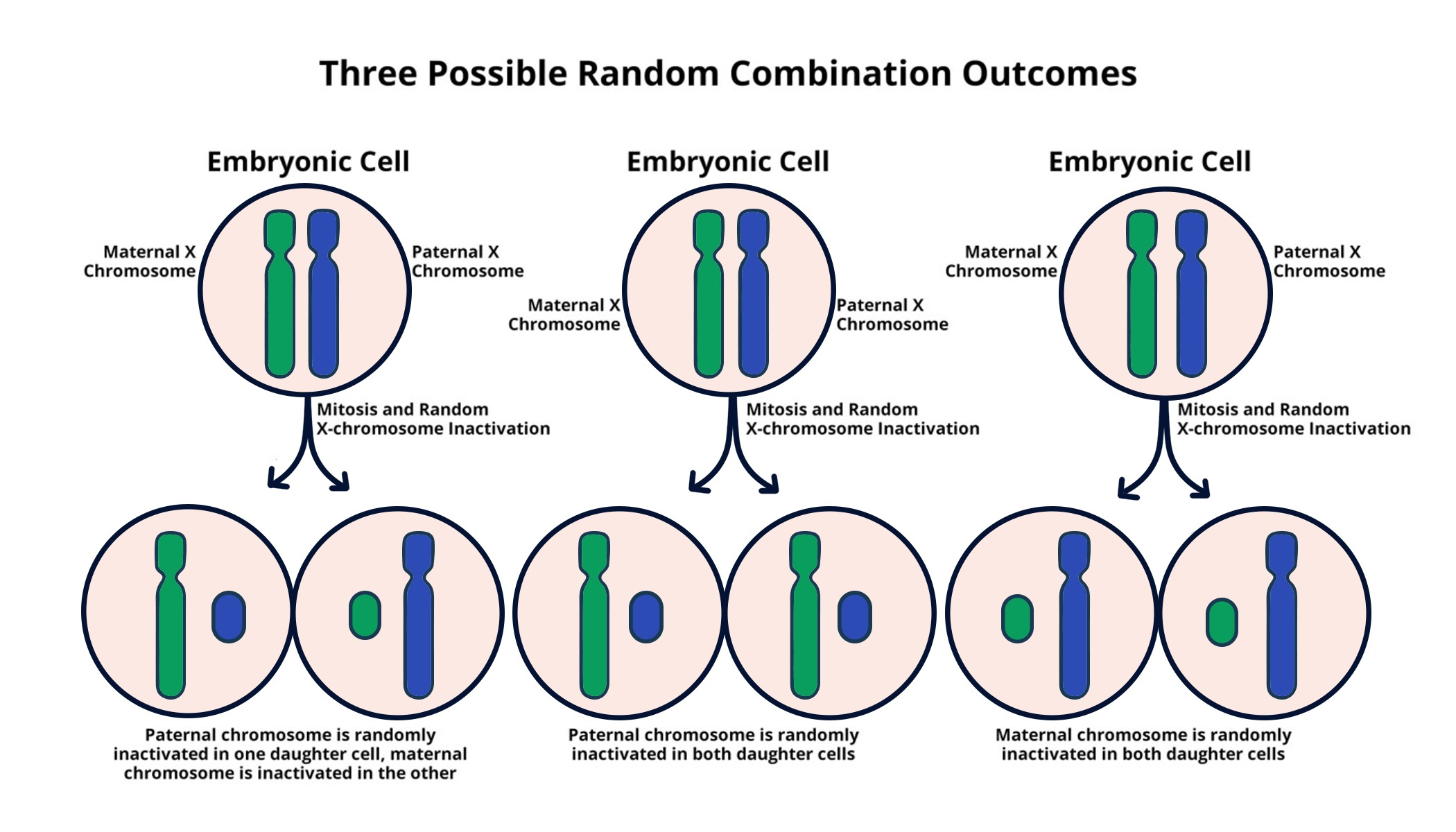Electric fish are a captivating example of nature’s ingenuity, showcasing a remarkable ability to navigate their environment and communicate using electric fields. These unique aquatic creatures, such as the elephantnose fish, have evolved to generate and sense electric pulses, allowing them to engage with their surroundings in dynamic ways. Their interactions present a fascinating parallel to the emerging fields of NeuroAI and artificial intelligence, where understanding animal behavior and communication is crucial for developing advanced AI systems. Researchers like Kanaka Rajan explore how the collective intelligence observed in these fish can inform our knowledge of multi-agent communication. The insights gained from studying electric fish may not only unlock biological mysteries but also pave the way for innovative technologies rooted in collective interaction principles.
The world of weakly electric fish unveils a complex tapestry of communication and interaction that extends beyond mere survival strategies. Often characterized by their ability to create and detect electrical signals, these fish exemplify a form of bioelectric communication that may hold the keys to understanding advanced systems of collaboration. By examining these aquatic creatures, scientists are delving into themes of collective behavior, which resonate with concepts in neurobiology and artificial intelligence. This exploration into the electric realm of fish not only highlights their intricate social dynamics but also sheds light on potential applications in agent communication across various species, including humans and robots. Ultimately, this research bridges the gap between natural phenomena and artificial constructs, fostering a deeper understanding of how communication shapes behavior in both biological and synthetic environments.
Understanding the Unique Communication of Electric Fish
Electric fish possess a fascinating ability to navigate their environment through the generation and perception of electric fields. By emitting electric organ discharges (EODs), these fish can communicate and interact with one another, revealing intricate patterns of social behavior. This electro-sensory method of communication provides an invaluable perspective into the dynamics of interactions within species, shedding light on the principles underlying collective intelligence. Understanding these unique communication strategies not only fascinates scientists but also opens up new avenues for research into animal behavior and artificial intelligence development.
Through the lens of NeuroAI, studying how electric fish communicate can inform our understanding of agent communication in artificial systems. By modeling the simple yet effective language of electric fish, researchers can derive algorithms that mimic these behaviors in AI systems, enhancing their ability to interact with one another effectively. The simplicity of electrical pulses emitted by these fish can help researchers create more reliable and efficient models for collective intelligence in AI, which can be applied to various fields, from network optimization to social interaction simulations.
Insights from Electric Fish and Their Relevance to Artificial Intelligence
The insights gained from studying the behaviors of weakly electric fish like the elephantnose fish can have significant implications for the development of artificial intelligence systems. The collective intelligence exhibited by these fish is demonstrative of how interactions among agents can give rise to complex behaviors that are greater than the sum of their parts. This is particularly crucial for the advancement of NeuroAI, where understanding how simple rules lead to sophisticated social outcomes can pave the way for designing AI systems that mimic these multi-agent interactions.
By implementing principles observed in electric fish into AI development, researchers can explore how different agents, whether biological or artificial, can communicate and operate harmoniously. The findings from studies of electric fish could influence the design of cooperative AI systems, referred to as ‘swarms.’ Just as electric fish exhibit behaviors tailored to their environments through cooperative and competitive strategies, AI systems developed on these principles may succeed in more adaptive problem-solving contexts, contributing to advancements in technology and collective AI applications.
The Role of Collective Intelligence in Animal Behavior
The collective intelligence observed in electric fish provides a microcosm of broader animal behaviors and social dynamics. Researchers are examining how individual behaviors and communication styles can culminate in complex group actions. Understanding the mechanisms behind these interactions, such as the way elephantnose fish send signals to share information about food, can yield insights into the evolution of cooperation among species. This understanding is crucial not just for studying animal behavior but also for applying those lessons to enhance human social structures and technological collaborations.
Furthermore, collective intelligence in animals like electric fish challenges conventional notions of intelligence being solely an individual attribute. It encourages researchers to consider how intelligence can emerge through interactions and communication among agents within a defined social context. This perspective is particularly relevant for AI development, suggesting that collective behaviors could be programmed into AI systems to create more resilient and adaptive technologies that operate in tandem, much like natural ecosystems.
Emergent Behaviors in Electric Fish and AI Systems
Emergent behaviors, where complex outcomes arise from simple interactions, are vividly demonstrated in electric fish, particularly regarding their foraging strategies. When one fish detects food, the way it communicates this finding to its companions can influence the group’s behavior, leading them to efficiently exploit resources. This phenomenon offers vital lessons for AI systems designed to learn from their environment and adapt to communal tasks, emphasizing the value of cooperation for achieving common goals.
By studying the emergent actions in Electric fish, researchers can develop AI systems that replicate these decentralized decision-making processes. The complexity of the group’s behavior—whether cooperating to find food or competing for limited resources—mirrors the challenges faced by AI swarms operating in ever-changing environments. Thus, these studies not only inform our understanding of natural systems but also guide the future design of collaborative AI, where systems can learn to work together intelligently to solve problems.
Electric Fish as a Model for Multi-Agent Intelligence
Electric fish serve as an excellent model for studying multi-agent intelligence. Their reliance on electric organ discharges for communication simplifies the analysis of information transfer among agents. Researchers are particularly interested in how these communication patterns can be translated into the realm of artificial intelligence. The insights derived from electric fish behavior can reveal crucial strategies for establishing communication protocols among AI agents, ultimately leading to sophisticated collaborative systems.
Interactions among electric fish also highlight how individual agents’ decisions affect group dynamics in both natural and artificial environments. By mimicking electric fish’s communication in AI models, we can explore how agent communication shapes collective intelligence in a structured yet adaptable manner, relevant to developing more complex AI interactions. The studies being conducted could lay the groundwork for advanced forms of AI that need to navigate social complexities and make collective decisions efficiently.
Implications of Evolutionary Simulations in AI Development
The evolutionary simulations using artificial agents that mimic the behaviors of electric fish represent a remarkable intersection of biology and technology. By evolving these virtual agents, researchers can observe how varying environmental conditions—like food availability—alter cooperative and competitive behaviors over generations. This work offers invaluable insights into the dynamics of social interactions, which are essential for both understanding animal behavior and enhancing AI systems.
Through establishing a framework based upon evolutionary theory, Rajan’s team is exploring whether underlying principles govern social interactions, such as optimal cooperation thresholds among agents. This research can be translated into AI systems by allowing them to adapt their behaviors based on learned experiences, much like biological entities do in nature. Such advancements could revolutionize the way AI agents communicate and work together, leading to the emergence of intelligent behaviors that reflect the complexities seen in nature.
The Future of Collective Intelligence in AI
The study of collective intelligence, particularly through the lens of electric fish, opens exciting pathways for future developments in AI technology. As the field of NeuroAI grows, the integration of insights gained from biological systems may inspire more efficient and adaptive AI designs. By understanding how collective behaviors emerge naturally, we can engineer AI systems that are more dynamic and capable of responding to their environments intelligently.
Future research will likely continue to explore the nuances of social interaction and cooperation within AI systems. By adopting key principles observed in electric fish behavior—such as effective communication and emergent problem-solving—the next generation of AI could evolve into sophisticated systems that embody the complexities of team dynamics seen in nature. This potential progression from simple agent communication to highly coordinated collective intelligence could lead to transformative applications in numerous domains, from healthcare to environmental management.
The Intersection of Animal Behavior and AI Research
The intersection of animal behavior studies and AI research provides a fertile ground for innovative ideas and applications. By observing the ways in which species like electric fish communicate and cooperate, researchers can derive strategies that enhance AI technologies in ways previously unimagined. This cross-disciplinary approach not only advances our understanding of biological systems but also informs the development of more effective and intelligent AI applications.
Observing the intricate relationships and adaptive behaviors of electric fish allows researchers to bridge insights from biology into the world of artificial intelligence. Such collaborative efforts create opportunities for evolving AI systems that not only mimic animal behavior but also potentially excel in real-world application, through improved communication and collaboration among agents. The ongoing dialogue between these fields promises to propel discoveries that could lead to advancements in both ecological understanding and technological innovation.
Frequently Asked Questions
What unique abilities do electric fish have that contribute to NeuroAI research?
Electric fish possess the remarkable ability to generate and sense electric fields, which they use for communication and navigation in murky waters. This unique sensory modality is crucial for understanding NeuroAI, as it provides insight into perceptual and cognitive processes in both biological and artificial systems.
How does studying electric fish enhance our understanding of collective intelligence?
Research on electric fish like the elephantnose fish reveals how individual agents interact and communicate, helping researchers model collective intelligence. These fish display coordinated behaviors through electric organ discharges, which can inform the development of multi-agent systems in artificial intelligence.
What role do electric fish play in modeling behaviors for artificial intelligence systems?
Electric fish serve as a model for studying emergent behaviors in social interactions. By simulating their electric communication patterns, researchers can explore how cooperation and competition evolve in artificial agents, contributing valuable insights to AI system design and functionality.
Can electric fish teach us about communication in artificial agents?
Yes, studying electric fish, particularly their unique ‘language’ of electric pulses, aids in understanding how artificial agents communicate. This research could lead to developments in AI communication strategies that mimic the efficient, collective behaviors observed in these fish.
What findings have emerged from the study of electric fish regarding competition and cooperation?
Studies indicate that the availability of food influences the social dynamics of electric fish. When food sources are scarce, these fish are more likely to engage in competitive behaviors, whereas abundant food encourages cooperation, offering insights into similar dynamics in artificial intelligence systems.
How do electric fish demonstrate emergent social behaviors?
Electric fish exhibit emergent social behaviors through coordinated communication, like when one fish signals the presence of food to others via electric pulses. This behavior showcases how simple interactions can lead to complex group dynamics, a principle applicable to AI research.
What implications does research on electric fish have for the future of AI development?
Research on electric fish may pave the way for the development of AI systems that exhibit collective intelligence, enabling them to work together more effectively. Understanding these dynamics can lead to advancements in cooperative AI applications, enhancing problem-solving capabilities.
| Key Points |
|---|
| Electric fish, particularly the elephantnose fish, are studied for their unique ability to generate and sense electric fields. |
| They communicate, mate, and interact using electric pulses, showcasing behaviors that model collective intelligence. |
| Researchers seek to understand how these interactions lead to emergent behaviors that can inform AI development. |
| Studies show that these fish can exhibit cooperation and competition based on environmental factors, enhancing survival. |
| The research aims to explore universal laws of social interaction and the implications for AI systems, suggesting potential for swarms of AI agents. |
Summary
Electric fish, particularly the elephantnose fish, are revealing crucial insights into the dynamics of collective intelligence. By studying these fascinating creatures, scientists are not only uncovering the complexities of their social behaviors but also applying these findings to develop advanced AI systems. The electric pulses used for communication among these fish serve as a model for understanding interactions in both natural and artificial agents, highlighting the potential for enhanced cooperation and problem-solving in technology. This research not only bridges biology and artificial intelligence but also opens up new avenues for exploring social dynamics across various species.







